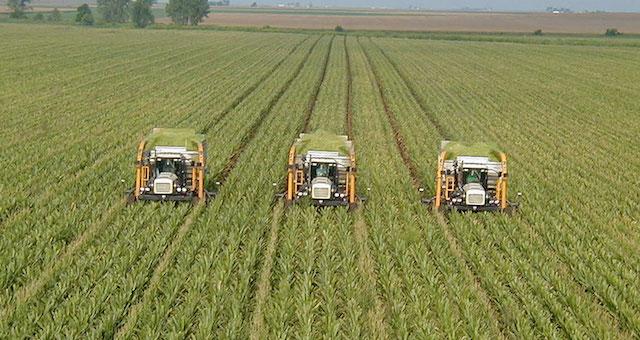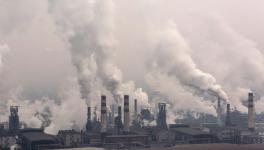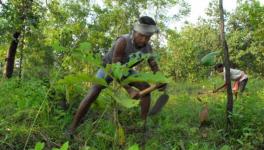Industrial Agriculture as a Major Cause of Deforestation

Every year, industrial agriculture is contributing to deforestation in over five million hectares of forest lands, a new analysis has shown. Despite attempts made to reduce deforestation, the amount of forest land taken over by industrially valuable crops, like palm oil trees, has remained steady from 2001 to 2015.
The real players behind the deforestation pattern are the corporates. Destruction of forests for plantation of selective crops that are profitable lies at the core of the issue. Although corporate commitments on reducing deforestation have had some positive effect in the Amazon basin, the current trend hints towards its inadequacy.
Philip Curtis, the geospatial analyst currently working with the sustainability consortium based in Arkansas, developed a computer analysis method to find out major causes of the deforestation pattern. He and his team identified five possible causes of deforestation- wildfire, large-scale agriculture, small-scale agriculture, urbanisation and logging of trees. According to their analysis published in the Science magazine, about 27% of the total deforestation during the period 2001 to 2015 was due to large- scale farming and ranching.
Large-scale farming, as found by Curtis and his team, included industrial plantation of palm oil trees. Palm oil tree is a major source of bio-fuel and also is an important ingredient of food and cosmetics. The problem lies in the fact that the forests cleared for these kinds of plantations are gone forever. Whereas, in the case of small-scale farming, the forest growing back to its previous stage is still possible. Their analysis also marks urbanisation as a factor behind permanent forest destruction, but as a weaker contributor, the percentage being 1% of the total deforestation.
During the period they have chosen for their analysis- 2001 to 2015-- the deforestation driven by commodity agriculture witnesses a steady rate of growth. But the regional trend differs by and large. For example, in Brazil,a huge area in the Amazonian forest area has been cut down primarily for soya bean farm and cattle ranching. But the good thing is that Brazil’s deforestation rate has gone down during 2004-2009, thanks to their environmental laws and their judicious implementation. In contrast, in Malaysia and some other parts of Southeast Asia, a greater amount of deforestation due to commodity-driven plantations could be seen, with the lack of environmental laws and the poor implementation of the existing ones cited as the main causes.
Curtis’s computer model is based on the global map of deforestation during 2000-2012 prepared from satellite images. This global map was prepared by Matthew Hansen of University of Maryland. But, the map doesn’t show where the deforestation has taken place. Curtis’s computer model used the images of the map and based on their mathematical properties the model classified causes of deforestation.
Tropical ecologist Daniel Nepstad told Science that there have been difficulties in implementing corporate commitments and that some among them simply don’t want to do much in this regard. Leaders of some 450 corporates have recently committed to a zero-deforestation policy in their supply chain by 2020. This is to comply with the consumer demands for zero deforestation products. But, only time will tell how these commitments are implemented properly in future.
Get the latest reports & analysis with people's perspective on Protests, movements & deep analytical videos, discussions of the current affairs in your Telegram app. Subscribe to NewsClick's Telegram channel & get Real-Time updates on stories, as they get published on our website.

















